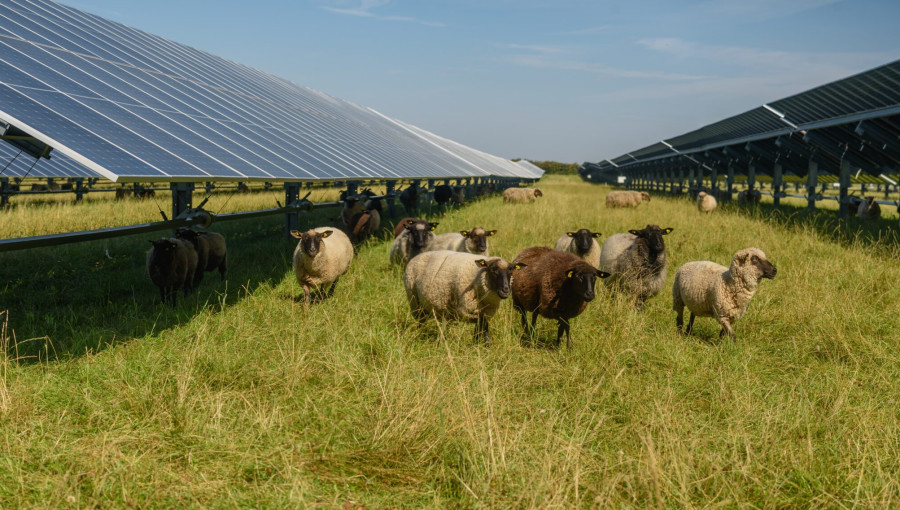As global demand for efficient food and energy production rises, agrivoltaics presents a promising solution by integrating solar energy generation with agricultural activities on the same land. This innovative approach not only enhances agricultural productivity and resilience but also provides additional income opportunities for farmers while addressing renewable energy needs. With potential applications in various regions, especially Africa, agrivoltaics could play a vital role in improving food security, optimizing water usage, and mitigating the impacts of climate change.
Agrivoltaics is the practice of simultaneously utilizing land for both agricultural and photovoltaic (PV) energy production. By elevating solar panels over crops and livestock, this method allows for continued agricultural activities while harnessing sunlight for renewable energy. The implementation of agrivoltaics can elevate the efficiency of land use, leading to increased productivity through better climate management, soil health enhancement, and moisture preservation. Studies indicate that even a small percentage of agricultural land in the EU could surpass the region’s energy targets by producing significant renewable energy capacity.
The trend of agrivoltaics is gaining traction worldwide, with projects already operational in countries like Switzerland and Japan, where solar energy is integrated into various infrastructures, demonstrating the versatility of solar technology. In contrast, Africa possesses vast solar potential, yet remains largely untapped for renewable energy. With a pressing need for clearer access to electricity and enhanced agricultural output, agrivoltaics might offer a partial solution by improving crop yields and offering farmers a sustainable energy source.
In Algeria, for instance, agrivoltaics has significantly boosted crop production, revealing its capability to enhance yields and restore degraded lands. The shading provided by the solar panels can mitigate heat stress while reducing water evaporation, essential in arid regions. Furthermore, this system allows for efficient rainwater harvesting, addressing water scarcity issues that plague many agricultural communities in Africa.
Agrivoltaic systems have the potential to generate clean energy on-site, making them particularly beneficial for rural areas with erratic or nonexistent power supplies. This method not only solves energy challenges for farmers but also positively impacts local communities by supplying affordable clean energy, thus aligning with the Sustainable Development Goals (SDGs).
The dual functionality of agrivoltaics may not only double the income for farmers through diversified crop cultivation and potential energy sales but also create employment opportunities in maintenance and installation. Challenges around land management and agricultural practices in Africa make this technology increasingly relevant, offering a sustainable alternative to traditional energy sources while combating climate-related issues.
While agrivoltaics is still developing in Africa, the potential remains significant, particularly in nations like South Africa and regions in East Africa blessed with high solar radiation. Strategic political support and funding initiatives could catalyze the growth of agrivoltaics. A collaborative approach that integrates water, energy, and agricultural policies could simultaneously enhance food security, energy access, and environmental sustainability across the continent.

